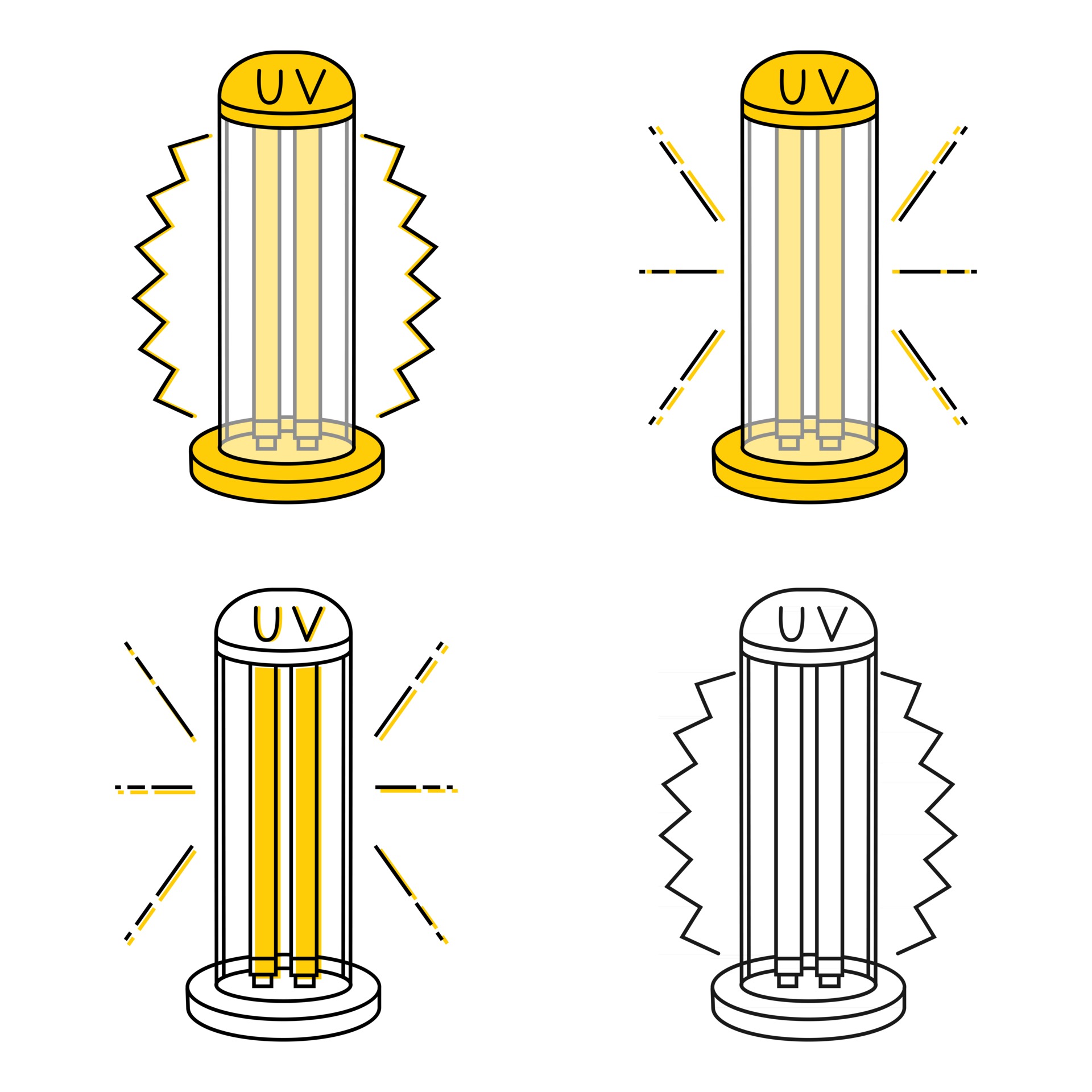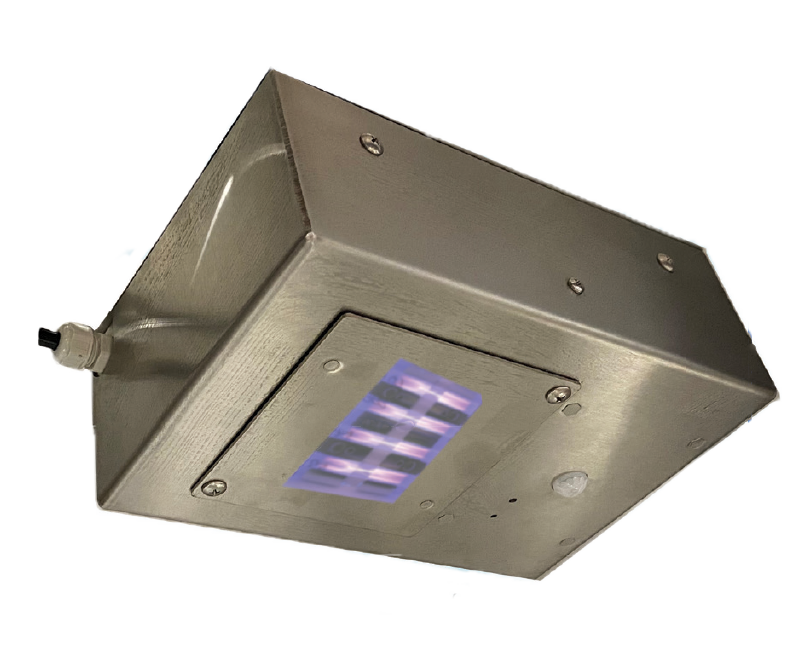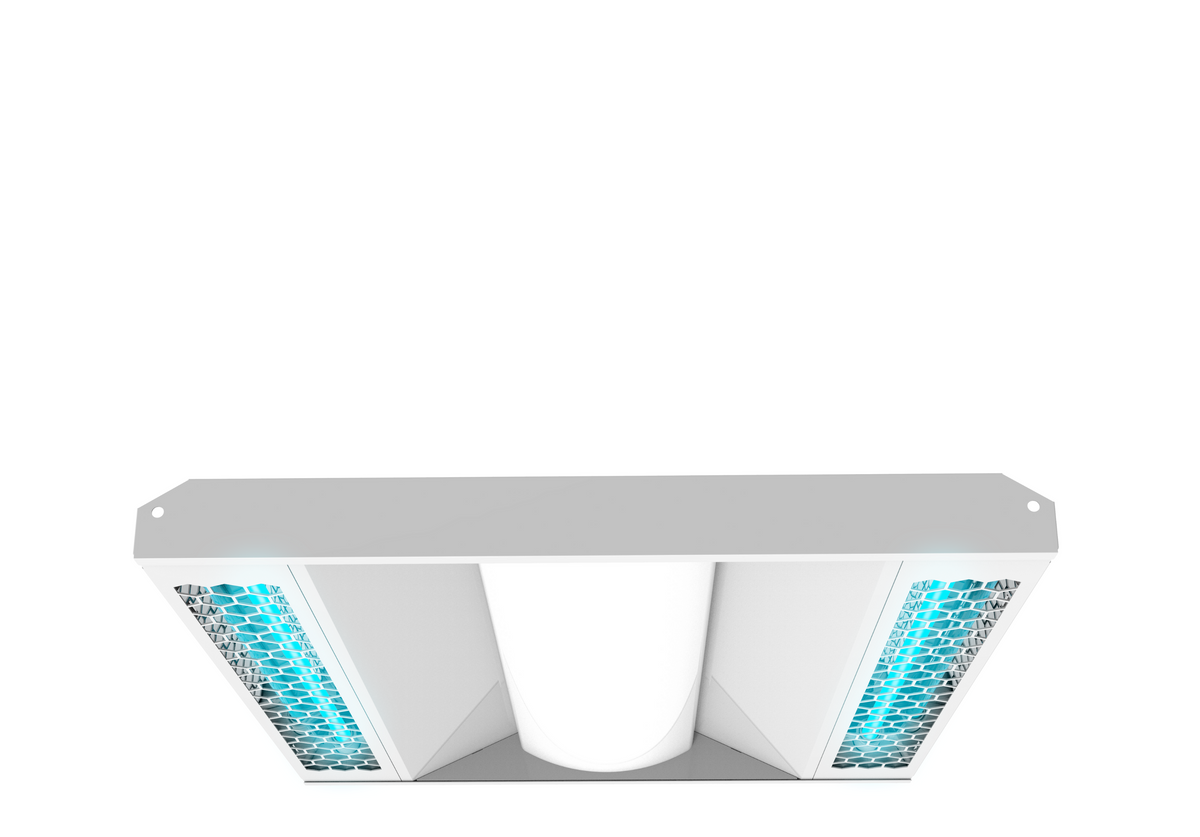UV Surface Disinfection Made Simple: Applying Best Practices for Ideal Outcomes
Wiki Article
UV Disinfection: The Cutting-Edge Innovation Transforming Sanitation Practices
In the realm of cleanliness techniques, one technology has emerged as a game-changer: UV disinfection. From healthcare setups to food handling, UV disinfection is making its mark in various sectors.Just How UV Disinfection Functions
UV disinfection functions by using ultraviolet light to destroy or suspend bacteria, supplying a extremely reliable and chemical-free method of hygiene. This technology takes advantage of the power of short-wavelength UV-C light, which is qualified of harming the DNA and RNA of microorganisms, hence providing them unable to cause and recreate injury.The procedure starts with the installment of UV sanitation systems, which include UV lights that release UV-C light. These lamps are strategically placed in areas where microbial contamination is a worry, such as water treatment plants, healthcare facilities, research laboratories, and food handling centers.
When bacteria are exposed to UV-C light, the photons permeate their cell wall surfaces and get to the DNA and RNA inside. The high-energy UV-C photons interfere with the hereditary material by developing bonds between adjacent nucleotides, leading to the development of thymine dimers. These dimers protect against the bacteria from duplicating, providing them safe.
UV disinfection is highly effective versus a variety of microorganisms, consisting of bloodsuckers, infections, and bacteria. It is particularly effective against waterborne pathogens like E. coli, Giardia, and Cryptosporidium. UV disinfection is a chemical-free approach, removing the demand for possibly dangerous disinfectants and reducing the threat of hazardous disinfection by-products.
Benefits of UV Sanitation
UV sanitation provides numerous benefits in the area of hygiene, making it an extremely liked technique for properly removing damaging microbes. Among the crucial advantages of UV sanitation is its capability to give a chemical-free service. Unlike conventional sanitation approaches that count on chemicals, UV disinfection utilizes ultraviolet light to ruin the DNA of microorganisms, rendering them not able to recreate and trigger infections. This not only eliminates the requirement for potentially damaging chemicals but also reduces the threat of chemical residue on surface areas.
UV disinfection is also highly flexible in its applications. It can be used in numerous settings, including health centers, schools, food handling facilities, and water treatment plants. UV sanitation systems can be conveniently incorporated right into existing hygiene practices, supplying an extra layer of defense against contagious illness.
In addition to its performance and versatility, UV sanitation is likewise eco-friendly. It does not generate any type of harmful byproducts or residues, making it a sustainable and risk-free approach for sanitation - uv surface disinfection. Moreover, UV sanitation needs very little maintenance and has a long life expectancy, causing cost financial savings in the future.
UV Disinfection in Healthcare Settings
In health care setups, UV disinfection has actually emerged as a cutting-edge method for properly eliminating harmful microorganisms. UV disinfection functions by sending out ultraviolet light at a certain wavelength that is dangerous to germs, viruses, and various other microorganisms.Firstly, UV sanitation is a non-chemical method, making it an eco-friendly option compared to standard disinfection techniques that usually involve the usage of extreme chemicals. The use of UV light removes the requirement for chemical anti-bacterials, minimizing the risk of harmful residue or chemical direct exposure to both clients and health care employees.
In addition, UV disinfection is extremely efficient in killing a vast array of microorganisms, consisting of drug-resistant germs such as MRSA and C. difficile. It supplies a dependable and constant sanitation procedure, ensuring that all surfaces and equipment are completely sanitized, even in hard-to-reach locations.

UV Disinfection in Food Handling
The application of UV disinfection expands past healthcare settings and finds substantial worth in the realm of food processing. uv surface disinfection. UV disinfection technology is becoming increasingly popular in the food sector as a result of its capability to effectively get rid of unsafe microorganisms and enhance food securityOne of the primary advantages of UV disinfection in food processing is its this website ability to target a vast array of microorganisms, consisting of viruses, germs, and mold and mildews. By making use of UV light at specific wavelengths, it is feasible to interrupt the DNA and RNA of these pathogens, making them not able to duplicate or create harm. This innovation can be put on numerous phases of the food handling chain, including surface disinfection, tools sterilization, and water therapy.
UV sanitation offers a chemical-free and non-thermal approach of sterilizing food products. Unlike conventional disinfection approaches that depend on chemicals or heat, UV modern technology does not leave any kind of deposit or modify the taste, appearance, or nutritional value of the food. This makes it a suitable remedy for sectors that need stringent adherence to high quality standards.
In addition, UV sanitation systems are simple to run and set up, needing marginal maintenance. They can be integrated into existing handling lines without causing considerable disturbances to the production procedure. Furthermore, UV systems have a quick treatment time, enabling continual processing and decreasing downtime.
The Future of UV Sanitation

One area where my company UV sanitation is anticipated to make substantial improvements is in the area of health care. With the increase of antibiotic-resistant bacteria and the demand for a lot more reliable sanitation methods, UV light has the possible to play an important role in decreasing healthcare-associated infections. UV sanitation systems can be used to decontaminate surface areas, devices, and even the air in healthcare facilities, assisting to avoid the spread of harmful pathogens and enhance person security.
Another market that might gain from improvements in UV disinfection modern technology is the food sector. UV light has already confirmed to be an efficient technique for sanitizing food and lowering the threat of foodborne diseases. As modern technology enhances, we can expect to see much more economical and effective UV sanitation systems being executed in food processing plants, guaranteeing that the food we eat is secure and totally free from dangerous bacteria.
Final Thought
In conclusion, UV disinfection is an advanced innovation that is transforming hygiene practices in health care settings and food processing. By making use of UV light to kill or deactivate microbes, it offers many advantages such as performance, security, and effectiveness. With ongoing innovations in this field, UV sanitation holds terrific possible for the future of sanitation, supplying a sustainable and trustworthy option for keeping clean and sanitary environments.UV sanitation is a chemical-free method, getting rid of the requirement for possibly hazardous disinfectants and decreasing the danger of damaging disinfection byproducts.
Unlike standard disinfection approaches that depend on chemicals, UV disinfection uses ultraviolet light to destroy the DNA click this link of microorganisms, making them not able to duplicate and create infections. Unlike traditional sanitation techniques that depend on chemicals or warmth, UV innovation does not leave any type of deposit or modify the preference, appearance, or nutritional worth of the food. As innovation boosts, we can expect to see much more cost-effective and efficient UV disinfection systems being applied in food handling plants, ensuring that the food we consume is safe and complimentary from hazardous bacteria.
In final thought, UV disinfection is an innovative innovation that is changing sanitation practices in healthcare setups and food processing.
Report this wiki page